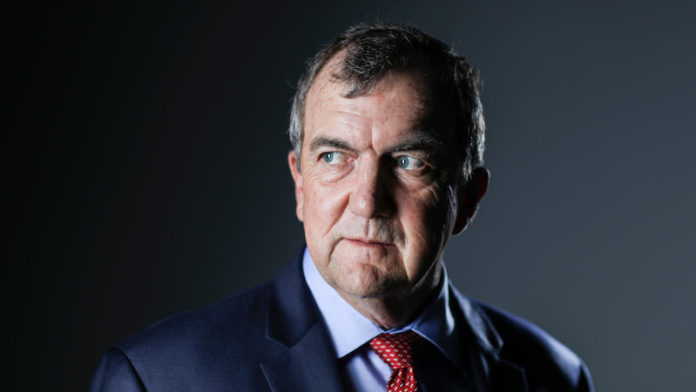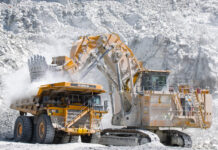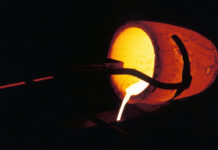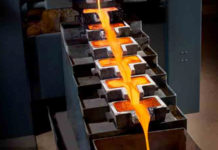
BARRICK Gold CEO Mark Bristow sounded off long and hard on his favourite theme – organic growth – in yesterday’s presentation of Barrick’s results for the year to end-December describing most merger and acquisition (M&A) deals being done as “dilutionary and delusionary.”
There has been considerable speculation in recent months that Barrick might be looking at doing a major M&A deal itself with copper producer First Quantum being suggested as the target. Bristow has repeatedly refused to comment on this – most recently at the Mining Indaba in Cape Town.
But he did lay out the guiding principles for the kind of M&A deal that Barrick would look at drawing on the deals that he has done since setting up Randgold Resources 20 years ago.
He pointed out that Barrick had replaced 140% of the gold the group had mined since 2019 adding 29 million ounces of attributable proven and probable reserves. On a 100% basis – including the reserves attributable to joint venture partner Newmont in ventures that Barrick manages – the total added to proven and probable reserves was 44 million oz.
“This is one of the key qualities that differentiates Barrick from its peers. Barrick is not forced to buy its growth. This growth is organically embedded in our business but people underestimate this.”
Bristow compared this kind of organic growth with typical M&A deals which he characterised as “paying 50% premiums for assets and not realising the only way you can deliver is either find more or wait for the commodity prices to lift your revenue line”.
“Our track record of replacing reserves gives us the confidence to know we can deliver on this outlook without the need for dilutionary or delusionary acquisitions plus we have the balance sheet strength and operational cash flows to fund this growth.”
Quizzed by an analyst on what he viewed as sensible M&A activity Bristow pointed to the deals done first by Randgold Resources and then by Barrick after the merger with Randgold Resources.
“We acquired BHP’s assets in Mali to start Randgold and that was a very accretionary acquisition. We then acquired Moto (Moto Gold Mines which controlled what became the Kibali gold mine in the Democratic Republic of Congo) in a hostile takeover and that was equally accretive.
“The Randgold/Barrick merger was a value creating exercise setting up a long-term platform. Then we did the Acacia take-out which has been a spectacular investment while the Nevada joint venture (with Newmont) has shown that the sum of the whole has been substantially more valuable than the sum of the individual parts.
“Those are the only transactions I have been involved in and they all worked. They were all done at market and all had organic growth embedded in the assets as well. Those are the opportunities that we look for.”
Lumwana potential
Turning to Barrick’s expansion into copper Bristow said the group’s decision to develop a super pit at the Lumwana Copper Mine in Zambia was a key component of the Zambian government’s drive to revive the country’s copper industry over the next 10 years.
Construction on the $2bn project will start early in 2025 with first production scheduled for 2028 and – when added to Vedanta Base Metals’ plans to invest $1.3bn into turning the Konkola Copper Mines around – this means at least $3.3bn is about to be ploughed into Zambia’s copper sector.
Bristow described the Lumwana expansion as “one of Barrick’s most exciting growth prospects” which will produce 240,000 tons of copper a year over a 30 year plus life-of-mine making Lumwana one of the world’s major copper mines.
“The project is being fast-tracked with the completion of the pre-feasibility study and we expect to start ordering long-lead items towards the end of this year.”











